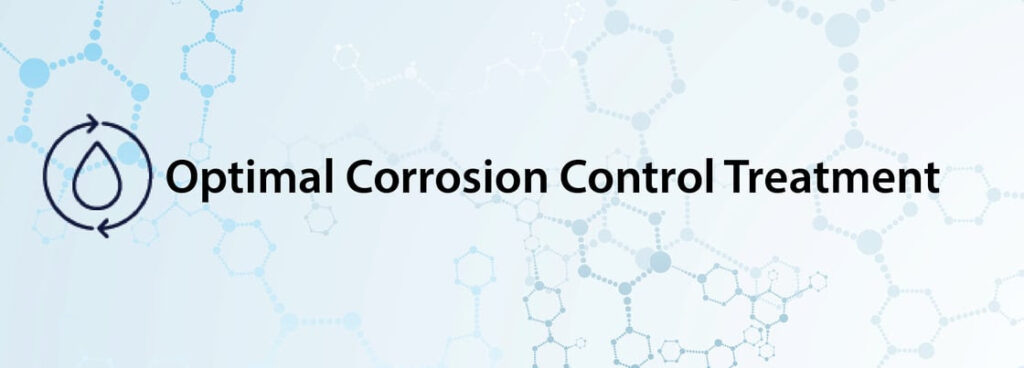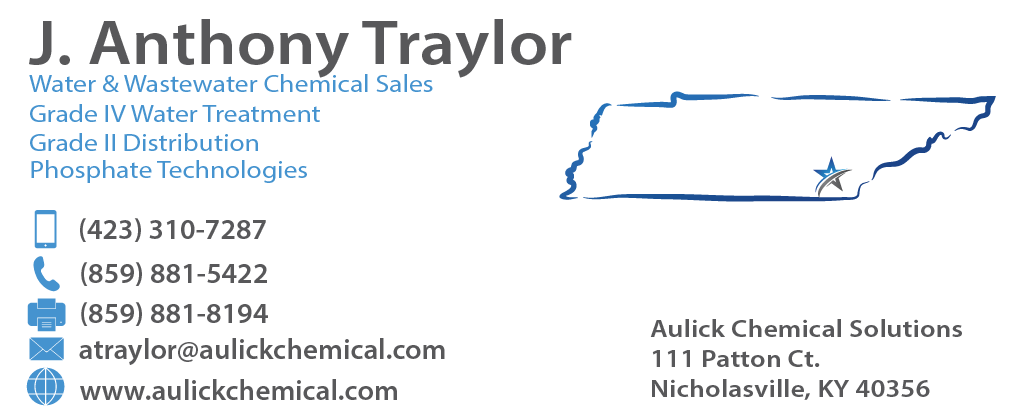
EPA recently announced the proposed Lead and Copper Rule Improvements (LCRI) to reduce lead in drinking water that can irreparably harm children and adults.
Science tells us the following about exposure:
- there is no safe level of lead exposure.
- In adults, lead can cause increased blood pressure, heart disease, decreased kidney function, and cancer.
- In children, it can severely harm mental and physical development, slowing down learning and damaging the brain.
Proposed Lead and Copper Rule Improvements
- Achieving 100% Lead Pipe Replacement within 10 years. When lead service lines are present, they represent the greatest source of lead exposure in drinking water. The proposed LCRI would require the vast majority of water systems to replace lead services lines within 10 years.
- Locating Legacy Lead Pipes. Knowing where lead pipes are is critical to replacing them efficiently and equitably. Water systems are currently required to provide an initial inventory of their lead service lines by October 16, 2024. Under the proposed LCRI, all water systems would be required to regularly update their inventories, create a publicly available service line replacement plan, and identify the materials of all service lines of unknown material.
- Improving Tap Sampling. The proposed LCRI would make key changes to the protocol that water systems must use for tap sampling informed by best practices already being deployed at the local and state level, like in Michigan. Water systems would be required to collect first liter and fifth liter samples at sites with lead service lines and use the higher of the two values when determining compliance with the rule.
- Lowering the Lead Action Level. EPA is proposing to lower the lead action level from 15 µg/L to 10 µg/L. When a water system’s lead sampling exceeds the action level, the system would be required to inform the public and take action to reduce lead exposure while concurrently working to replace all lead pipes. For example, the system would install or adjust corrosion control treatment to reduce lead that leaches into drinking water.
- Strengthening Protections to Reduce Exposure. Water systems with multiple lead action level exceedances would be required to conduct additional outreach to consumers and make filters certified to reduce lead available to all consumers. The filters must be certified to reduce lead.
EPA’s Actions to Reduce Lead in Drinking Water
• Regulatory Framework. EPA’s proposed LCRI follow the science and EPA’s authority under the Safe Drinking Water Act to strengthen regulatory requirements to address lead in drinking water.
• Funding. Bipartisan Infrastructure Law provides $50 billion to support upgrades to the nation’s drinking water and wastewater infrastructure. This includes $15 billion dedicated to lead service line replacement and $11.7 billion of general Drinking Water State Revolving Funds that can also be used for lead service line replacement.
• Technical Assistance. EPA’s water technical assistance (WaterTA), including the recently launched “Get the Lead Out” Initiative, helps communities identify lead services lines, develop replacement plans, and apply for funding to get the lead out.
• Practical Implementation Tools. Through training, tools, webinars, and case studies, EPA provides support to drinking water systems to reduce lead exposure.
Public Input and Participation – Sign Up for the Public Hearing Today
EPA will hold a virtual public hearing on 1/16/2023 where the public are invited to provide verbal comments. Sign up today here or by clicking the graphic below.

Optimal Corrosion Control Treatment (OCCT)

While EPA’s latest press release appears to be solely focused on the utilization of Orthophosphates for OCCT, Aulick is confident of the importance of Blended Phosphates. Blended Phosphates utilize two separate chemistries, orthophosphates AND polyphosphates to achieve corrosion protection in these 2 ways:
- Orthophosphates provide a passivating layer on surfaces that is much more robust than carbonate layers utilizing Langelier Saturation Index.
- Polyphosphates serve to sequester dissolved ions, remove tuberculation and reduce biofilm within a water system. This action results in higher free chlorine residuals which is proven to reduce lead release significantly.
Aulick is certain that this two-stage approach provides a redundancy in treatment and has been shown in numerous water systems to be a highly effective strategy.
For more information or to schedule a complete water and corrosion evaluation contact Aulick today.




